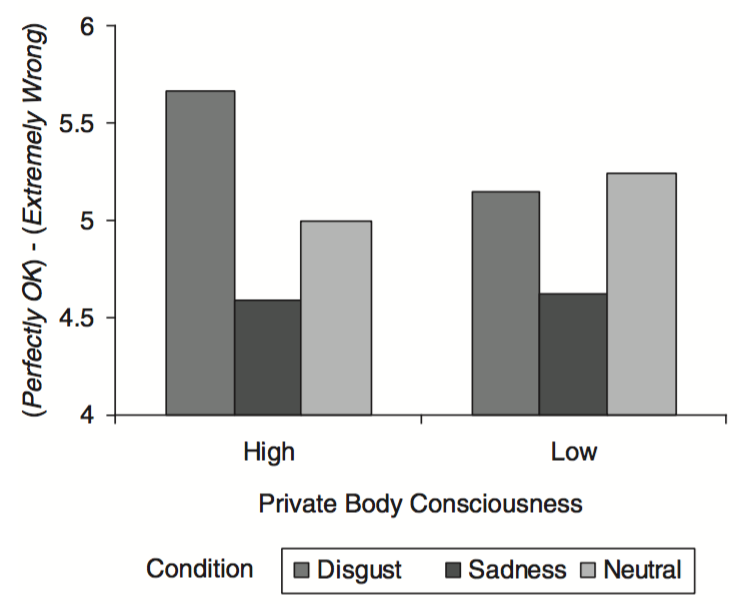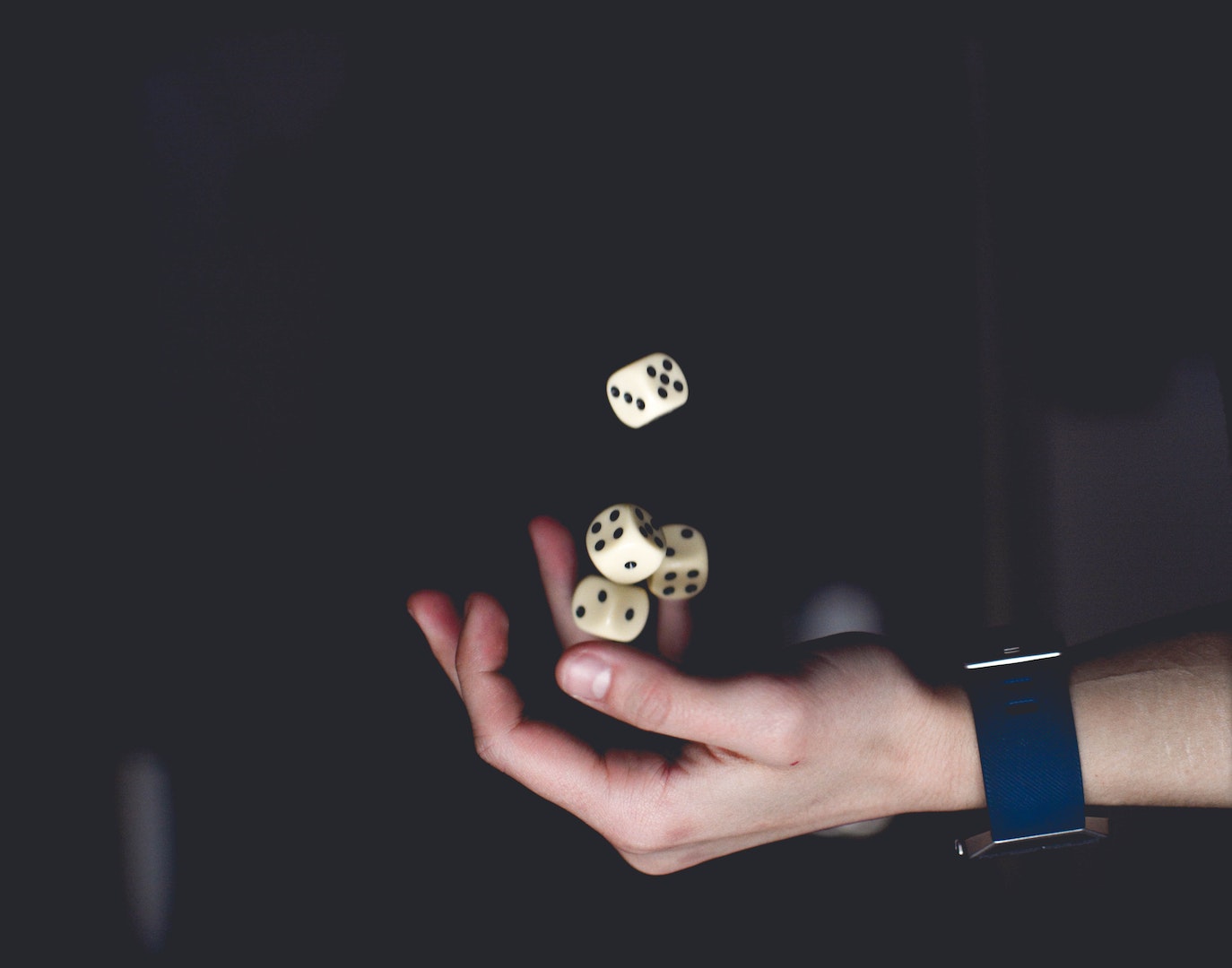Click here and press the right key for the next slide.
(This may not work on mobile or ipad. You can try using chrome or firefox, but even that may fail. Sorry.)
also ...
Press the left key to go backwards (or swipe right)
Press n to toggle whether notes are shown (or add '?notes' to the url before the #)
Press m or double tap to slide thumbnails (menu)
Press ? at any time to show the keyboard shortcuts
Moral Intuitions and Emotions: Evidence
Q2: What do adult humans compute that enables their moral intuitions to track moral attributes (such as wrongness)?
Hypothesis:
They rely on the ‘affect heuristic’: ‘if thinking about an act [...] makes you feel bad [...], then judge that it is morally wrong’.
Prediction:
if you make people feel bad without them realising it, they will be more inclined to judge that something is morally wrong.
Q2: What do adult humans compute that enables their moral intuitions to track moral attributes (such as wrongness)?
Hypothesis:
They rely on the ‘affect heuristic’: ‘if thinking about an act [...] makes you feel bad [...], then judge that it is morally wrong’.
Prediction:
if you make people feel bad without them realising it, they will be more inclined to judge that something is morally wrong.
Evidence:
Schnall et al., 2008
Schnall et al, 2008 Experiment 4
3 groups: induce disgust, sadness or neither using video clips
Judge how wrong an action is in six vignettes
Half the vignettes involve disgusting actions.
Predictions:
Disgust (but not sadness) will influence moral judgements,
irrespective of whether the actions judged are disgusting.
Complication: Private Body Consciousness
Result: ‘disgust influenced moral judgment similarly for both disgust and nondisgust vignettes’.


Schnall et al, 2008 figure 3
Is the prediction confirmed?
Q2: What do adult humans compute that enables their moral intuitions to track moral attributes (such as wrongness)?
Hypothesis:
They rely on the ‘affect heuristic’: ‘if thinking about an act [...] makes you feel bad [...], then judge that it is morally wrong’.
Prediction:
if you make people feel bad without them realising it, they will be more inclined to judge that something is morally wrong.
Evidence:
Schnall et al., 2008

The Tale of the Loaded Die
I predict that they are weighted to N. Then we roll.
vs
We roll. Then I retrodict that they are weighted to whatever number appears most often.
Schnall et al, 2008
Sinnott-Armstrong et al, 2010
Never trust a philosopher on science.